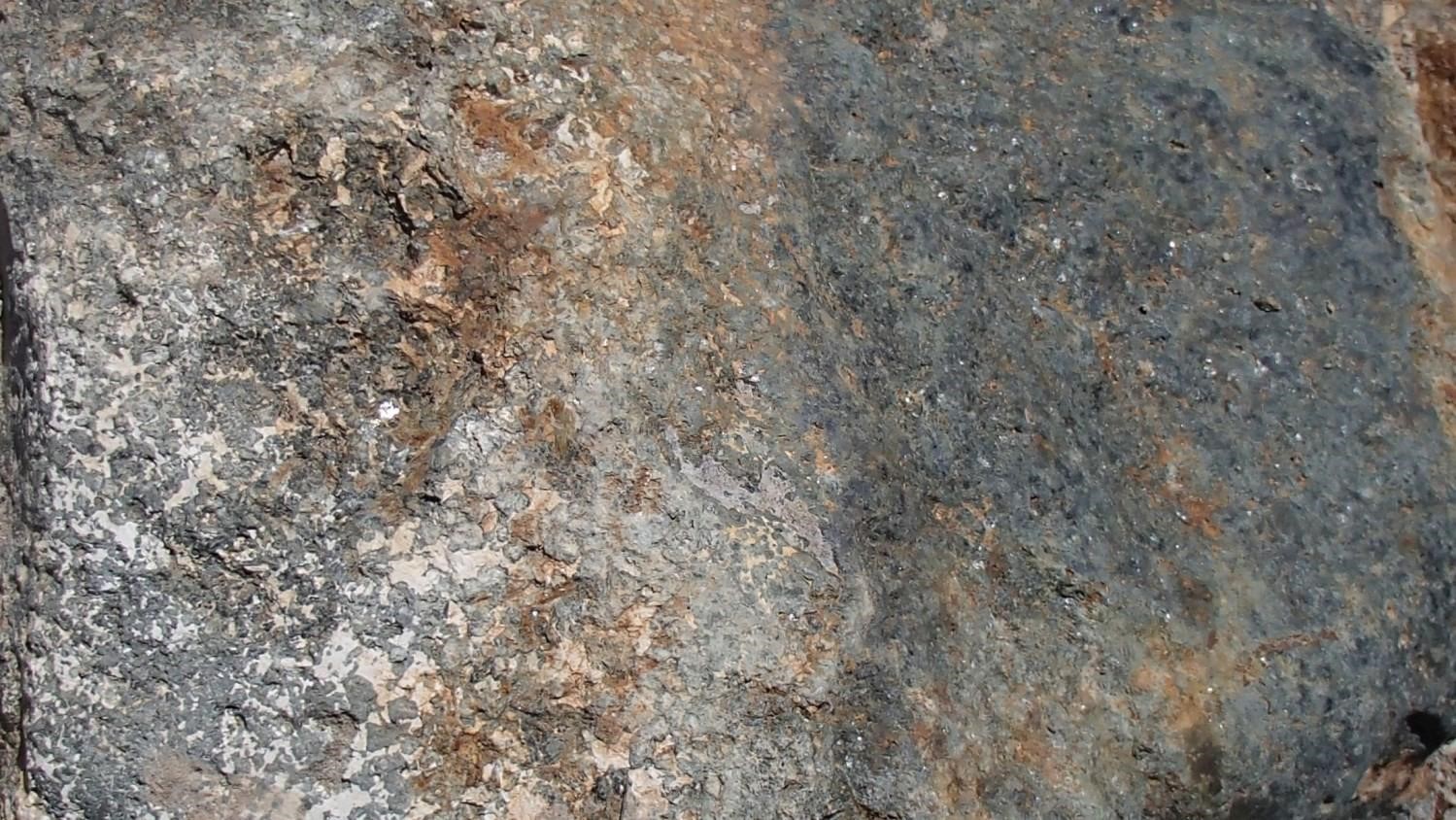
| Author: | Franconi, 1974 |
| Age: | Precambrian / Archean / Neoarchean |
| Reference section: | |
| Type area: | The Rocher-Quénonisca Intrusive Suite includes the Whitefish Intrusion (nAwf) which outcrops mainly between the Quénonisca and Rocher lakes (NTS sheets 32K09 and 32K10), the Rocher Intrusion (nAlrc) and another small peridotite intrusion of less than 1.5 km in diameter, which cuts paragneiss of the Rocher Complex (nAroc) and migmatitic gneiss of the Bétulaie Complex (nAbtu) in the Rocher Lake area (NTS sheet 32K09). |
| Geological province: | Superior Province |
| Geological subdivision: | Opatica Subprovince |
| Lithology: | Ultramafic to intermediate rocks |
| Unit type: | Lithodemic |
| Rank: | Suite |
| Status: | Formal |
| Use: | Active |
- Rocher-Quénonisca Intrusive Suite
Background
This unit was originally described as the « Rocher-Kenonisca Massif » by Franconi (1974) in his report on the mapping of the western part of the Frotet-Evans volcano-sedimentary band. It has been renamed « Rocher-Quénonisca Intrusive Suite » by Brisson et al. (1998) during mapping of the Rocher Lake area (NTS sheet 32K09). Adding the Whitefish Intrusion (nAwf) and the Rocher Intrusion (nAlrc) as lithodemes in the Rocher-Quénonisca Intrusive Suite is proposed as a result of Leclerc and Caron-Côté (2017) field work and compilation.
Description
The Rocher-Quénonisca Intrusive Suite consists of two formal lithodemes: 1) the Whitefish Intrusion (nAwf), characterized by purple gabbros and monzonites, and 2) the Rocher Intrusion, composed of peridotite, plagioclase peridotite, pyroxenite and purple gabbro. The suite also includes a peridotite intrusion (nArok) with a diameter of less than 1.5 km that has been recognized in drillholes (Rhéaume, 1999; Turcotte and Tuchscherer, 2013).
Thickness and distribution
The Whitefish Intrusion forms an NE-SW oriented band just over 25 km long by 1.5 to 5 km wide which cuts tonalities of the Salamandre Intrusive Suite and volcano-sedimentary rocks of the Rocher Complex. The suite also includes the Rocher Intrusion and a small peridotite intrusion less than 1.5 km in diameter. These two intrusions, clearly visible on aeromagnetic maps, are located on the edge of the Nipukatasi Massif (NTS sheet 32K09).
Dating
Analysis of a sample of massive, homogeneous and granophyric bird’s eye gabbro coming from a drill hole made in the Rocher Intrusion gave a crystallization age (TIMS, U-Pb on zircons) of 2703 +7/-4 My (Bandyayera and Sharma, 2006).
| Isotopic System | Mineral | Cristallization Age (My) | (+) | (-) | Reference(s) |
| U-Pb | Zircon | 2703 | 7 | 4 | Bandyayera and Sharma, 2001 |
Stratigraphic Relationship(s)
The Rocher-Quénonisca Intrusive Suite comprises ultramafic to mafic and intermediate rocks that cut both tonalities of the Salamandre Intrusive Suite and metavolcanic rocks of the Rocher Complex, the latter locally occurring as xenoliths in the gabbro. The Rocher-Quénonisca Intrusive Suite is therefore considered late-tectonic by Bandyayera and Sharma (2001).
Paleontology
Does not apply.
References

